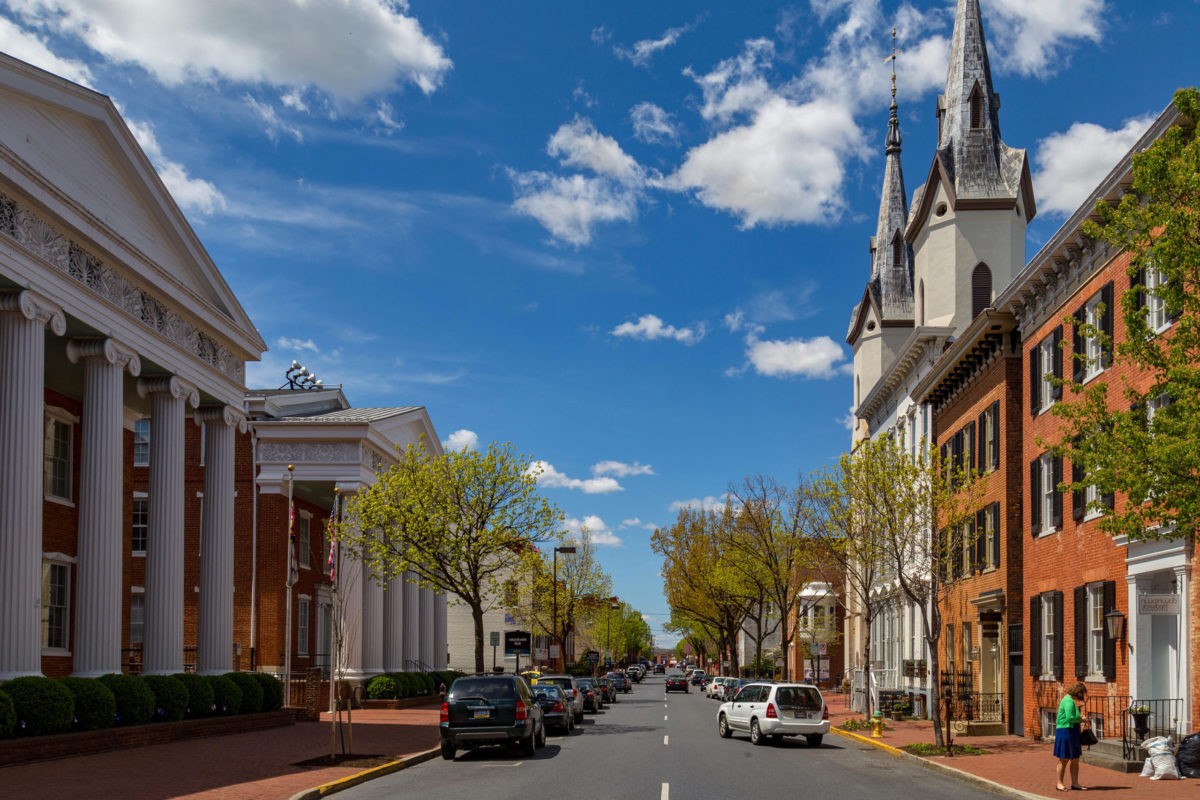Secrets Of Maryland’s Civil War Field Hospitals

Have you ever wondered about the hidden stories behind Maryland's Civil War field hospitals? These places played crucial roles during one of America's most turbulent times. Soldiers received care in makeshift hospitals set up in barns, churches, and even private homes. These sites witnessed both the horrors of war and acts of incredible bravery. Many of these locations still stand today, offering a glimpse into the past. Visiting them can feel like stepping back in time, providing a deeper understanding of the sacrifices made. Ready to uncover the secrets of these historic sites? Let's dive into the fascinating world of Maryland's Civil War field hospitals.
Unveiling Maryland's Civil War Field Hospitals
Maryland played a crucial role during the Civil War, serving as a strategic location for numerous field hospitals. These sites not only provided medical care to wounded soldiers but also bore witness to countless stories of bravery and sacrifice. Let's explore some of the most significant field hospitals in Maryland.
Antietam National Battlefield
Antietam, known for the bloodiest single-day battle in American history, also hosted several field hospitals. These makeshift medical facilities were essential in treating the thousands of wounded soldiers.
Pry House Field Hospital Museum: Located on the Antietam Battlefield, this house served as a field hospital and headquarters for General McClellan. Today, it offers a glimpse into Civil War medical practices and the lives of those who worked tirelessly to save lives.
Dunker Church: This small, whitewashed church became a critical field hospital during the Battle of Antietam. Its simple structure belies the intense suffering and heroism that took place within its walls.
Frederick's Role in Civil War Medicine
Frederick, Maryland, became a hub for medical care during the Civil War. Its proximity to major battlefields made it an ideal location for field hospitals.
Barbara Fritchie House: This historic house not only symbolizes patriotism but also served as a field hospital. The house now stands as a museum, preserving the legacy of those who provided care during the war.
Hessian Barracks: Originally built to house prisoners of war, these barracks were repurposed as a field hospital. The site now offers tours that highlight its role in Civil War medicine.
Baltimore's Contribution to Civil War Healthcare
Baltimore, a major city during the Civil War, also played a significant role in medical care. Several buildings were converted into field hospitals to treat the wounded.
Union Square Hospital: This hospital, located in a residential area, treated countless soldiers. The building still stands today, serving as a reminder of Baltimore's contribution to the war effort.
Loudon Park Cemetery: While primarily a cemetery, Loudon Park also served as a field hospital. The site now honors those who fought and died during the Civil War.
Hagerstown's Strategic Importance
Hagerstown's location made it a key site for field hospitals during the Civil War. The town's facilities were crucial in treating soldiers from nearby battles.
Washington County Museum of Fine Arts: This museum, located in Hagerstown, was once a field hospital. Today, it houses a collection of art and artifacts, including items from its time as a medical facility.
Hagerstown City Park: The park's grounds were used as a field hospital during the war. Visitors can still see remnants of its past, including markers and monuments dedicated to the soldiers treated there.
Cumberland's Medical Contributions
Cumberland, Maryland, also played a vital role in Civil War medicine. Its hospitals provided care to soldiers from various battles.
Western Maryland Railway Station: This station was converted into a field hospital during the war. The building now serves as a museum, showcasing its history and significance.
Emmanuel Episcopal Church: This church's basement was used as a field hospital. The church remains active today, with historical tours highlighting its Civil War history.
Maryland's Civil War Legacy
Maryland's Civil War field hospitals hold stories of bravery, sacrifice, and medical innovation. These sites, scattered across the state, offer a glimpse into the past where doctors and nurses worked tirelessly to save lives. Visiting these historical locations provides a deeper understanding of the war's impact on both soldiers and civilians.
Exploring places like Antietam and Frederick reveals the harsh realities faced by those who lived through the conflict. The preservation of these sites ensures that future generations can learn about and appreciate the significant role Maryland played during the Civil War.
Whether you're a history buff or just curious, these field hospitals offer a unique and educational experience. Take the time to visit and reflect on the resilience and dedication of those who served. Maryland's Civil War legacy is a testament to the enduring human spirit.

